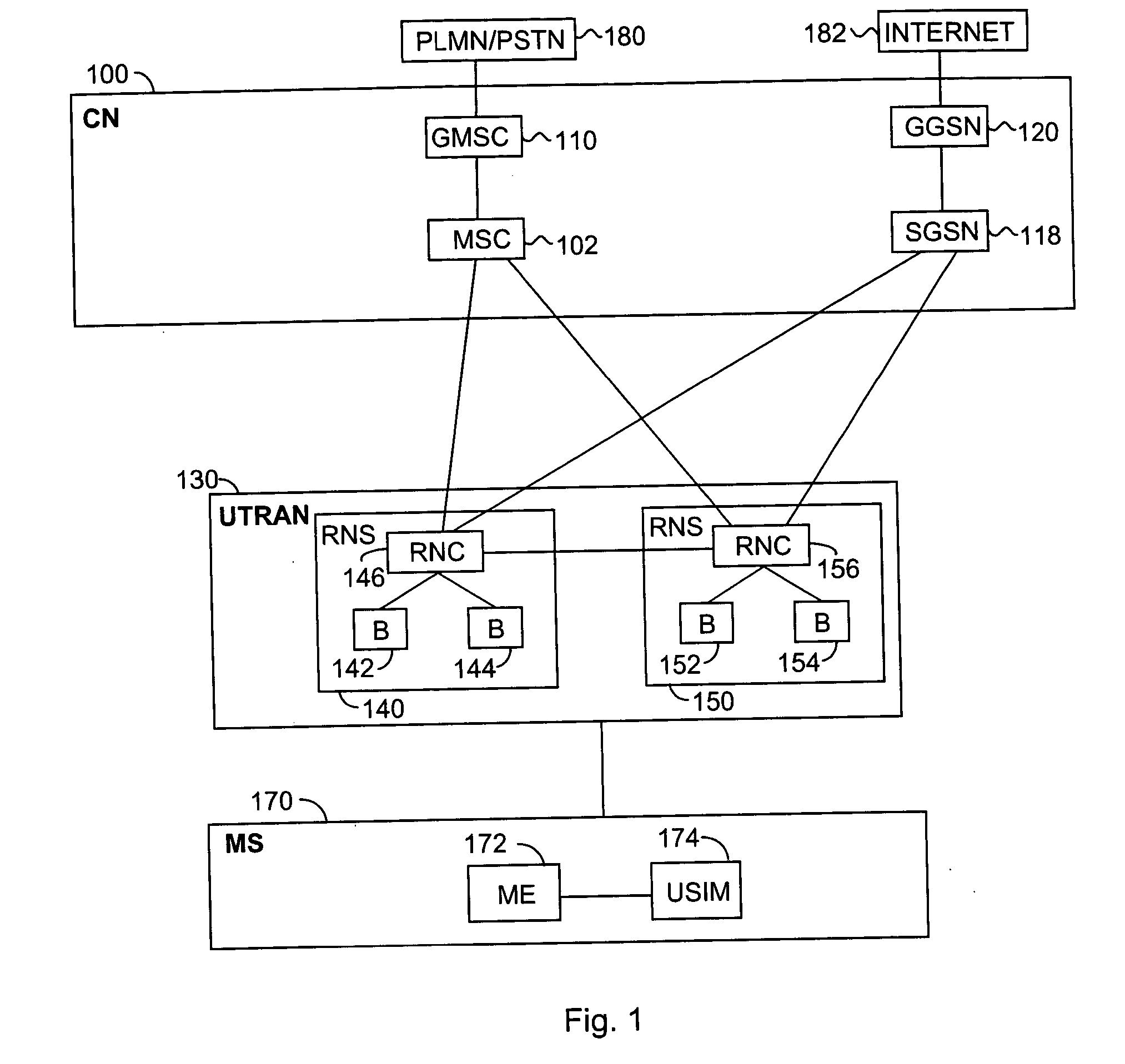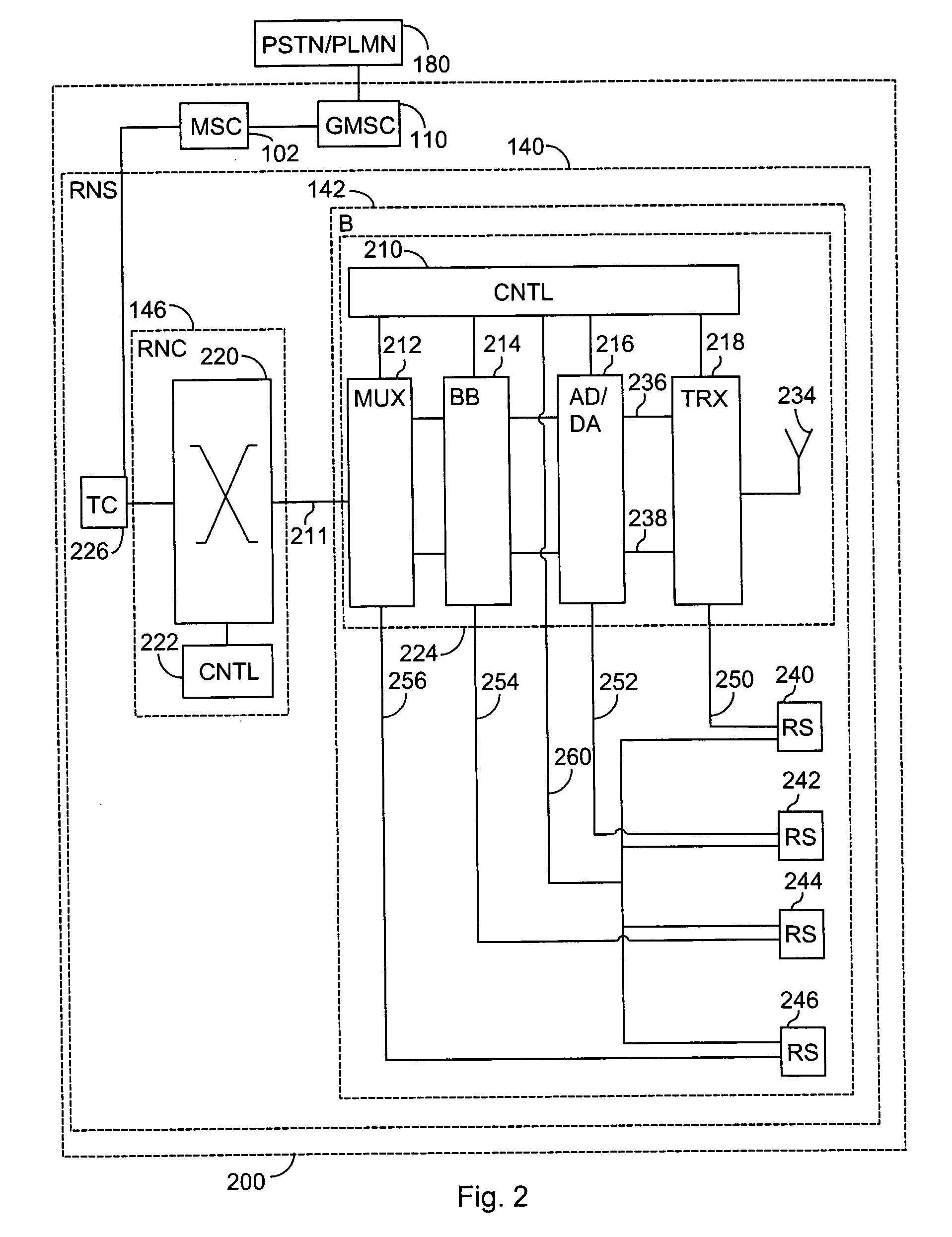Method for allocating information transfer capacity in mobile communication system, and mobile communication system
- Summary
- Abstract
- Description
- Claims
- Application Information
AI Technical Summary
Benefits of technology
Problems solved by technology
Method used
Image
Examples
Embodiment Construction
[0017] Since the invention is suitable for use in radio systems between different generations, embodiments will be described in a radio system illustrated in FIG. 1, wherein network elements of different generations coexist. In the description, a 2G radio system is represented e.g. by a GSM (Global System for Mobile Communications), which is based on the TDMA (Time Division Multiple Access) technology. A 2.5G is represented e.g. by a GPRS (General Packet Radio System). A 3G radio system is represented e.g. by a system which is based on the GSM system and which utilizes WCDMA (Wideband Code Division Multiple Access) technology, and systems known at least by the names IMT-2000 (International Mobile Telecommunications 2000) and UMTS (Universal Mobile Telecommunications System). The embodiments are not, however, restricted to these systems described as examples but a person skilled in the art can also apply the teachings to other radio systems comprising corresponding characteristics.
[...
PUM
 Login to View More
Login to View More Abstract
Description
Claims
Application Information
 Login to View More
Login to View More - R&D
- Intellectual Property
- Life Sciences
- Materials
- Tech Scout
- Unparalleled Data Quality
- Higher Quality Content
- 60% Fewer Hallucinations
Browse by: Latest US Patents, China's latest patents, Technical Efficacy Thesaurus, Application Domain, Technology Topic, Popular Technical Reports.
© 2025 PatSnap. All rights reserved.Legal|Privacy policy|Modern Slavery Act Transparency Statement|Sitemap|About US| Contact US: help@patsnap.com



